Deck & Commander Strategies

Krenko, Mob Boss
Focuses on generating massive numbers of goblin tokens quickly by stacking the deck with goblin creatures and then using Krenko’s abilities to swarm opponents and overwhelm them with sheer numbers.
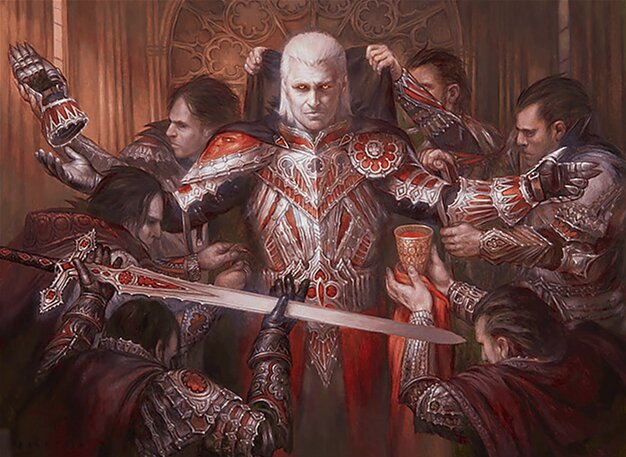
Edgar Markov
Utilizes vampire tribal synergies by creating vampire tokens whenever vampires enter the battlefield, applying pressure through aggressive combat and incremental value.
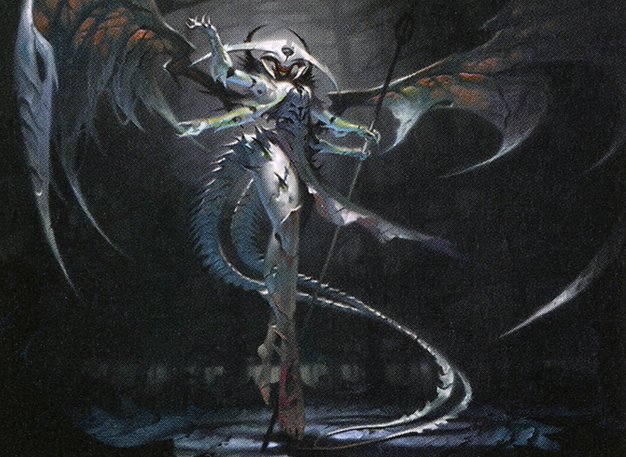
Atraxa, Praetors' Voice
Leverages proliferate and counters mechanics alongside enchantment and planeswalker synergies to steadily build board advantage and control the game state.

The Ur-Dragon
A ramp and big dragon tribal deck aiming to cast powerful dragons to dominate the board and finish games with overwhelming threats in the late game.
Gameplay Insights
- 1
Krenko's Goblin Recruiter was pivotal for stacking the deck with goblin creatures, setting up for explosive token production.
- 2
An opponent’s deck shuffle disrupted Krenko’s stacking strategy, highlighting the importance of timing and interaction in combo decks.
- 3
Edgar Markov’s vampire tribal synergies provided steady incremental pressure through token generation.
- 4
Atraxa’s use of proliferate and enchantment synergies allowed for gradual but resilient board development.
- 5
The Ur-Dragon’s ramp strategy aimed for a slow but powerful late game presence with high-impact dragon creatures.
Notable Cards
-
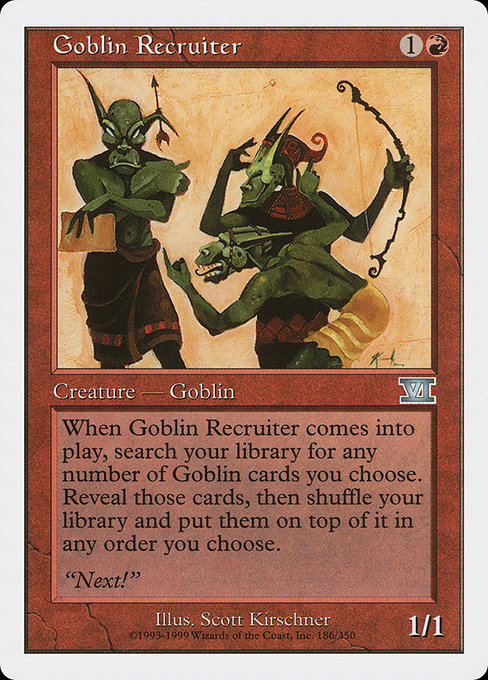
Goblin Recruiter
-

Path of Ancestry
-
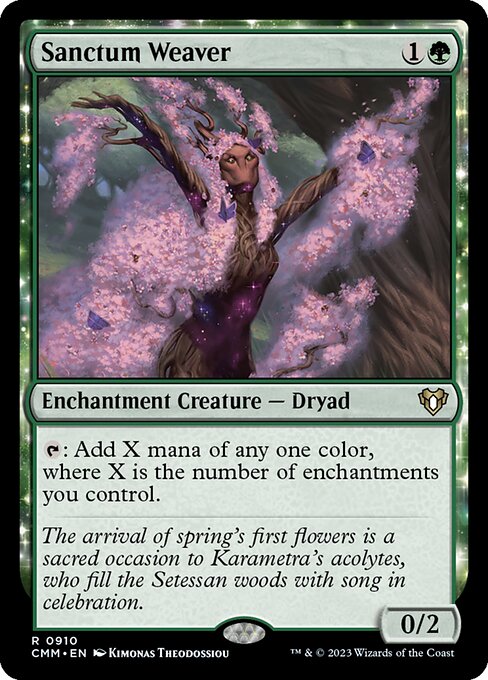
Sanctum Weaver
-

Sea of Clouds
-
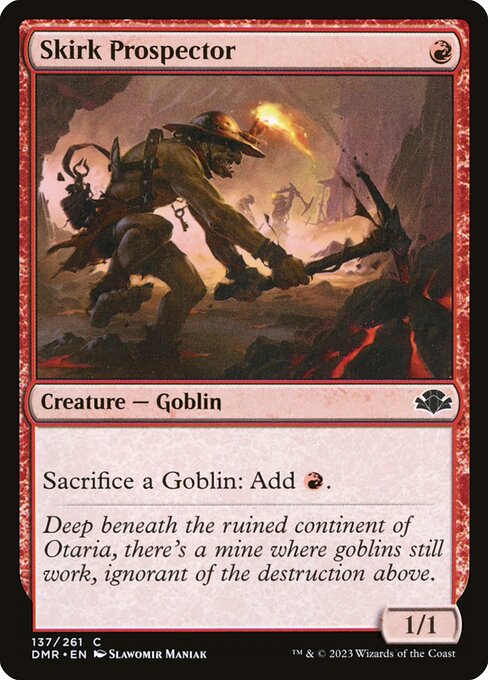
Skirk Prospector
Gameplay Summary
The game featured a dynamic four-player Commander showdown with Edgar Markov, Krenko, Mob Boss, Atraxa, Praetors' Voice, and The Ur-Dragon battling for dominance.
Early turns saw Krenko establishing a goblin token army using Goblin Recruiter to stack the deck with goblin creatures, setting up for explosive swarm plays.
Meanwhile, other players developed their boards and mana bases, with Atraxa focusing on proliferate and enchantment synergies, and Edgar Markov leveraging vampire tribal aggression.
A key turning point came when Krenko’s deck manipulation was disrupted by an opponent shuffling her library, slowing down the goblin combo potential.
The Ur-Dragon player maintained a slower but powerful presence, aiming to cast big dragons to dominate the late game.
The interplay between rapid token generation, tribal synergies, and control elements defined the flow of the match.
Ultimately, the game revolved around board presence and timely removal, with each commander playing to their strengths in a tense, strategic battle for supremacy.



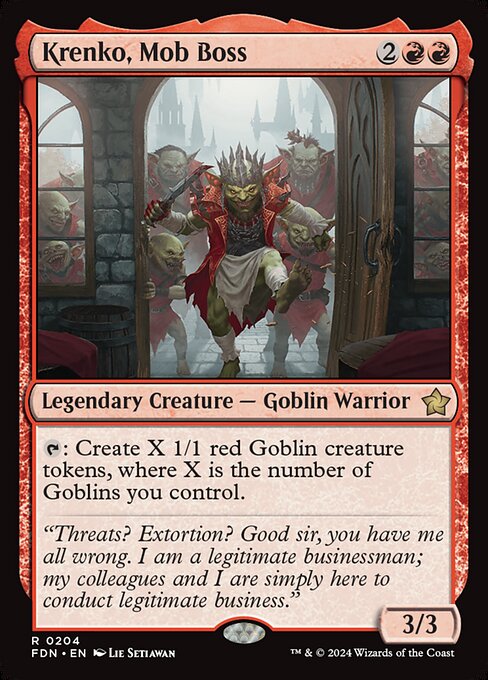


















![The Goblin Patrol, ft. Krenko, Edgar Markov, Dogmeat, Yuriko [EDH/Commander Gameplay] thumbnail](https://i.ytimg.com/vi/Zjh0MCTx3u4/sddefault.jpg)






![Commander Versus Series: Deck Tech - Krenko v. Rhys v. Kangee v. Yeva [MTG Multiplayer] thumbnail](https://i.ytimg.com/vi/dUX1ieofYg0/sddefault.jpg)








